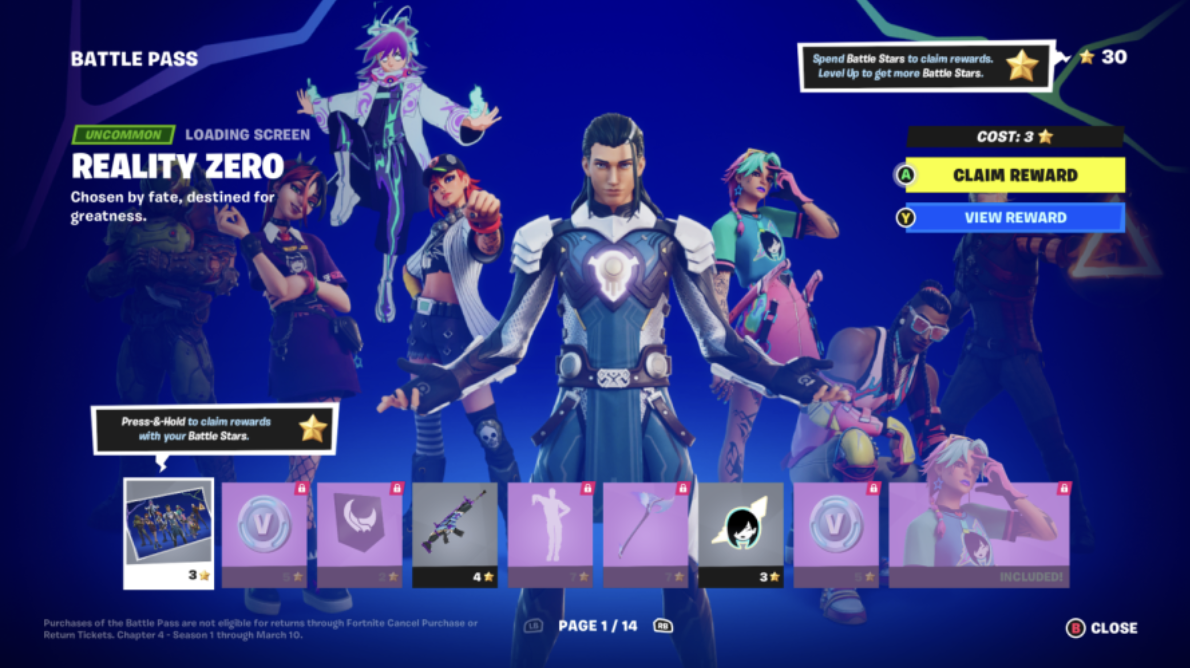Battle passes have become a staple feature in modern video games. Originally introduced as a way to keep players engaged while offering cosmetic rewards, their presence is now ubiquitous across genres and platforms. Some gamers view them as a fair way to access bonus content, while others criticize them as yet another form of aggressive monetization. This article examines the transformation of battle passes from optional perks to what some consider a near-essential expenditure. Their integration into almost every popular title indicates not just a trend, but a fundamental shift in how game developers approach content delivery and revenue generation.
The origins of battle passes and their early reception
The concept of battle passes first gained traction with games like Dota 2 and Fortnite, which implemented tiered reward systems tied to player progression. Initially, battle passes were received positively. They provided structured content, encouraged regular gameplay, and gave users a clear path to earn exclusive items without relying on chance-based loot boxes. This model appealed to both casual and competitive players, as it provided a tangible sense of achievement and transparency in rewards.
What made these early systems appealing was their transparency. Players knew exactly what they were getting, and those who played often could unlock all available rewards. Developers, in turn, enjoyed the benefit of consistent player retention and predictable revenue models. These early implementations helped build trust between players and developers, laying a strong foundation for further innovations in monetization strategies.
Battle passes today: standard feature or cash grab?
In recent years, battle passes have evolved in both scope and complexity. Most major titles now feature them, including Call of Duty, Apex Legends, and Valorant. While they still offer cosmetic enhancements, many players argue that their implementation has shifted from player-friendly to profit-driven. The distinction between optional content and perceived necessity has blurred, leading to a growing sense of frustration among segments of the gaming community.
A growing concern is the amount of time required to complete a battle pass. For casual gamers, finishing all tiers within a season can be difficult, leading to pressure to purchase level skips or additional tiers. This dynamic subtly pushes players toward spending more money. The tension between accessibility and exclusivity often creates a divide among players, particularly between those with more free time and those with limited availability.
The monetization aspect is further amplified through psychological strategies. For example, limited-time rewards, fear of missing out (FOMO), and tiered exclusivity are common tactics. These features are designed not only to entice but to create a sense of urgency that leads to impulse purchases. Even tools such as the aimlabs sens converter, which are designed to improve user performance and comfort, now play a role in helping gamers optimize their experience and progress more efficiently in competitive settings where battle pass rewards are tied to gameplay. These tools, while useful, further illustrate how the ecosystem surrounding battle passes has grown to include third-party enhancements that cater to serious players.
Player experience: engagement vs. exhaustion
While some gamers enjoy the grind and see it as a fun challenge, others report feeling burnt out. The expectation to log in daily, complete specific tasks, and maintain a steady pace can turn a recreational activity into a second job. The pressure to keep up with content and earn all available rewards can detract from the joy of spontaneous or casual play.
This shift in player mindset raises important questions: Are battle passes truly enhancing the gaming experience? Or are they manipulating user behavior under the guise of bonus content? Many developers attempt to strike a balance, but the growing complexity of these systems often tips the scale in favor of profit over player satisfaction. When games become chore-like, the risk of player churn increases, especially when the sense of progression feels forced rather than rewarding.
On the flip side, battle passes can still foster community and player loyalty when implemented responsibly. Games that offer free tiers or allow in-game currency to purchase future passes tend to receive more favorable feedback. It’s a subtle yet effective way to reward player dedication without overtly pushing microtransactions. These models encourage long-term investment in a title without alienating users who choose not to spend money directly.
Game design and economic implications
From a development standpoint, battle passes provide recurring revenue streams that support ongoing content development. This financial model has helped games transition to a live-service format, where updates and new features are rolled out continuously. It allows developers to plan seasonal events, story arcs, and content drops with greater consistency and financial security.
However, not all developers manage this balance well. When too much content is locked behind a paywall, it can alienate the player base. Transparency, fairness, and player choice are critical in maintaining a healthy in-game economy. This includes offering meaningful rewards that aren’t purely cosmetic and ensuring that non-paying players can still enjoy the core experience. Otherwise, games risk being labeled as “pay-to-win” or overly commercialized.
The debate also touches on ethical considerations in game design. Gamification of monetization can blur the lines between engagement and exploitation. Younger players, in particular, may not recognize these tactics, making them more vulnerable to overspending. Regulators in some countries have already begun scrutinizing these practices, prompting calls for industry-wide standards.
The future of battle passes
As the gaming industry continues to grow, so too will the complexity of monetization systems. We may see further personalization, adaptive reward tracks based on player habits, or integration with external tools and analytics to tailor user experiences. Developers may even experiment with AI-driven battle passes that evolve with a player’s preferences and skill level.
Community feedback will play a crucial role in shaping this evolution. Developers who listen to their player base and prioritize fair play are more likely to maintain long-term loyalty. The key will be striking a balance between financial viability and user trust. Transparency in design and consistent, open communication with players can foster goodwill and strengthen communities.
Ultimately, the future of battle passes may lie in offering more value without coercion. Systems that reward skill, time investment, and creativity without excessive spending will likely see the most success. A focus on optional enrichment, rather than mandatory progression, could help redefine how these systems are perceived.
Conclusion
The evolution of battle passes highlights a broader trend in game monetization: the fine line between engagement and exploitation. What began as a user-centric model has, in some cases, drifted toward aggressive monetization strategies that prioritize profit over player enjoyment. This shift has sparked significant debate among developers, critics, and players alike.
That said, battle passes are not inherently bad. When designed ethically and with the player in mind, they can enhance the gaming experience, provide rewarding challenges, and support ongoing development. Developers must continue to innovate responsibly, ensuring that their systems respect the time, money, and attention of their communities. Only through thoughtful design and transparent communication can battle passes remain a valuable, rather than divisive, part of modern gaming.
The verdict? Battle passes are both a bonus and a burden—what they become depends largely on how they’re implemented and received. The industry now stands at a crossroads, with the potential to evolve this model into a sustainable feature or risk turning it into another symbol of over-monetization in gaming.



